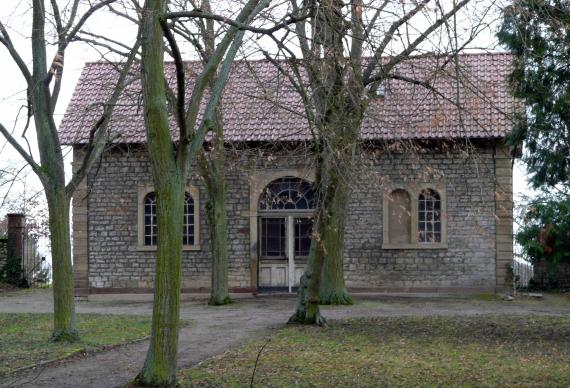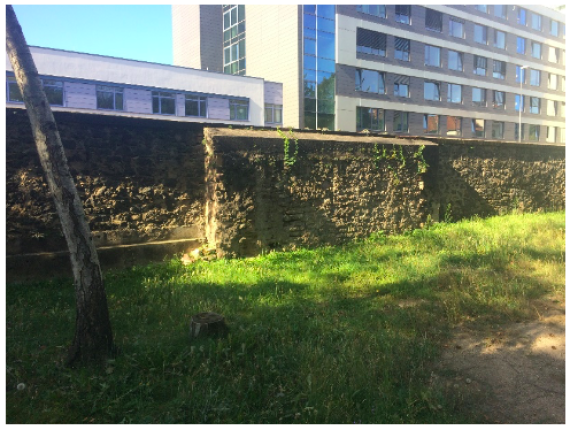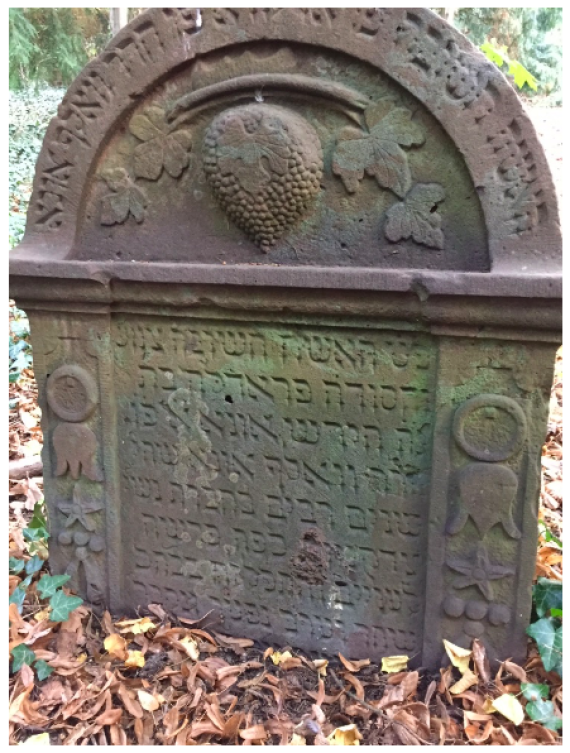Mühltorweg
63450 Hanau
Germany
During the Seven Years War Hanau was occupied by French troops. These threw out in March 1758 a rampart over the cemetery, which was in the way. The municipality was able to intervene at the last second and received permission to move the gravestones and dismantle the tahara house (= mortuary) so that even greater damage could be avoided. However, the fence and gate had already been destroyed and the excavated earth for the embankment was thrown out over the gravestones, which were now lying flat.
Unfortunately, around 1800, vandalism continued to increase, which is why a new Tahara house had to be built in 1800 and a fence was built in 1804 to protect the cemetery. But this was not to be the last protective measure and not the last Tahara house. In 1856 a stone wall was built for the first time, which had to be renovated and repaired more often. Whether the present standing wall is the same wall as in 1856 and was merely rehabilitated or is a new wall is not known. In 1862 iron gates were used for the first time. A small one was for pedestrians and a large one was for the hearse.
When the last Tahara house was built is unknown, however we know that the last Tahara house was destroyed by arson in the night during the November pogrom in1983 and no new one has been built since. Until today you can still see where the Tahara house used to stand.



Add new comment